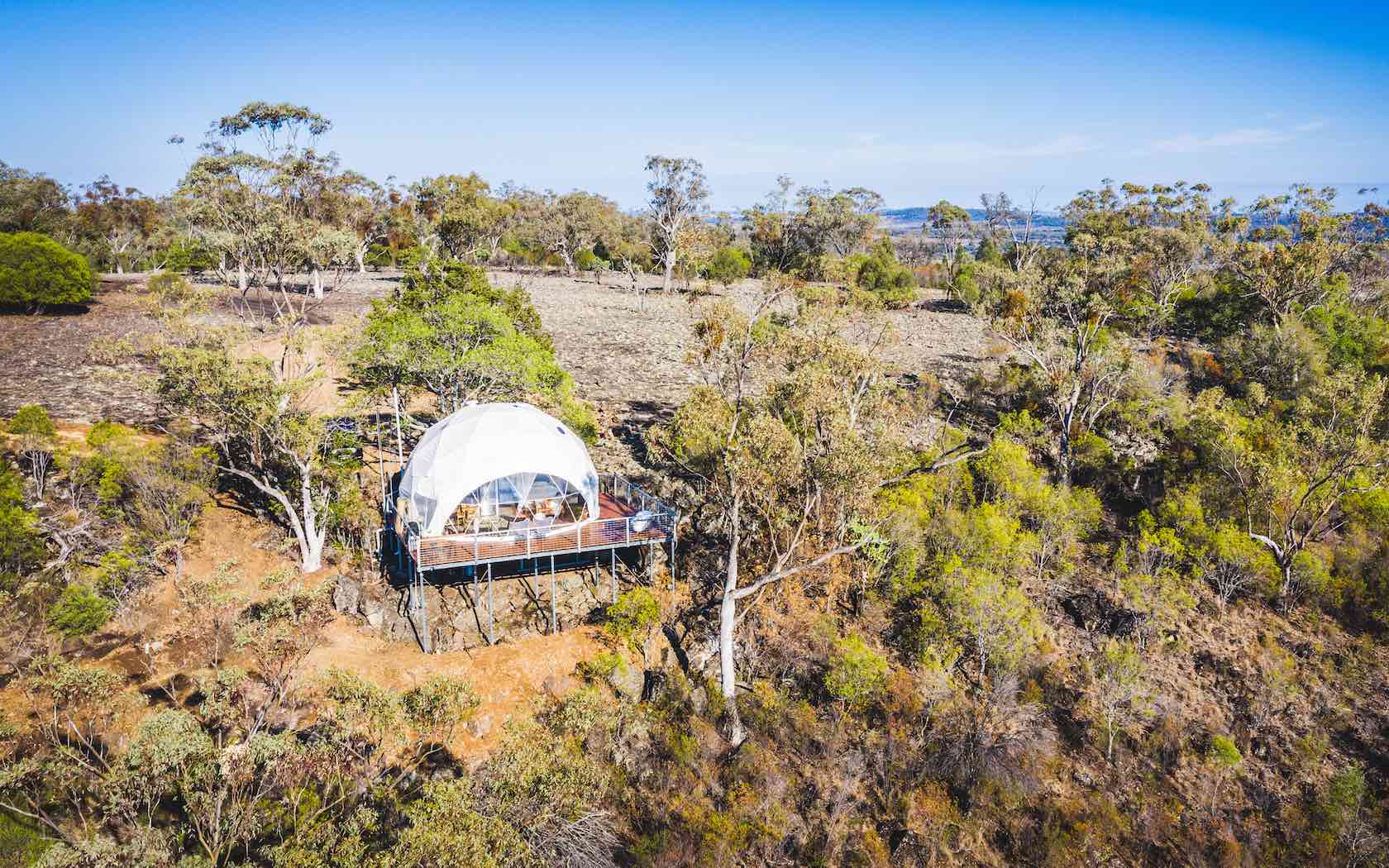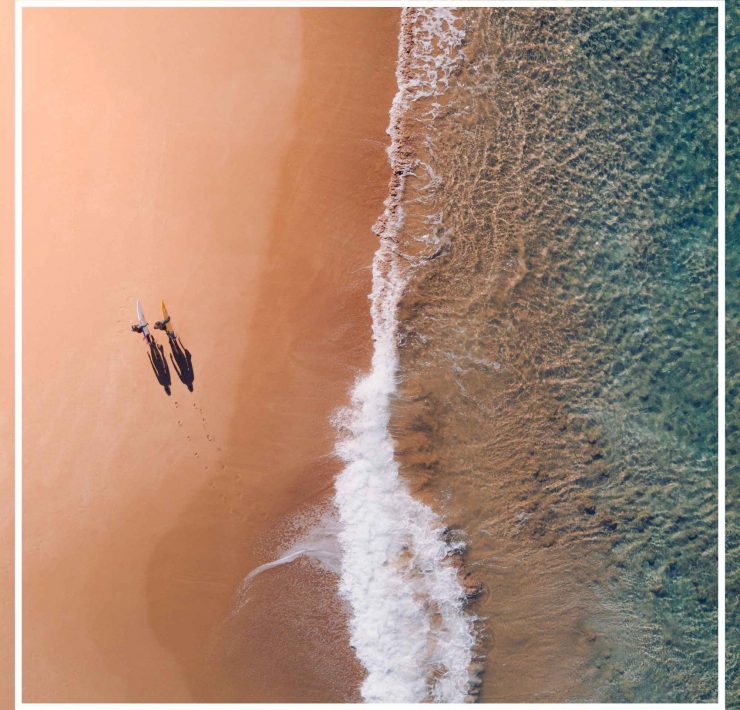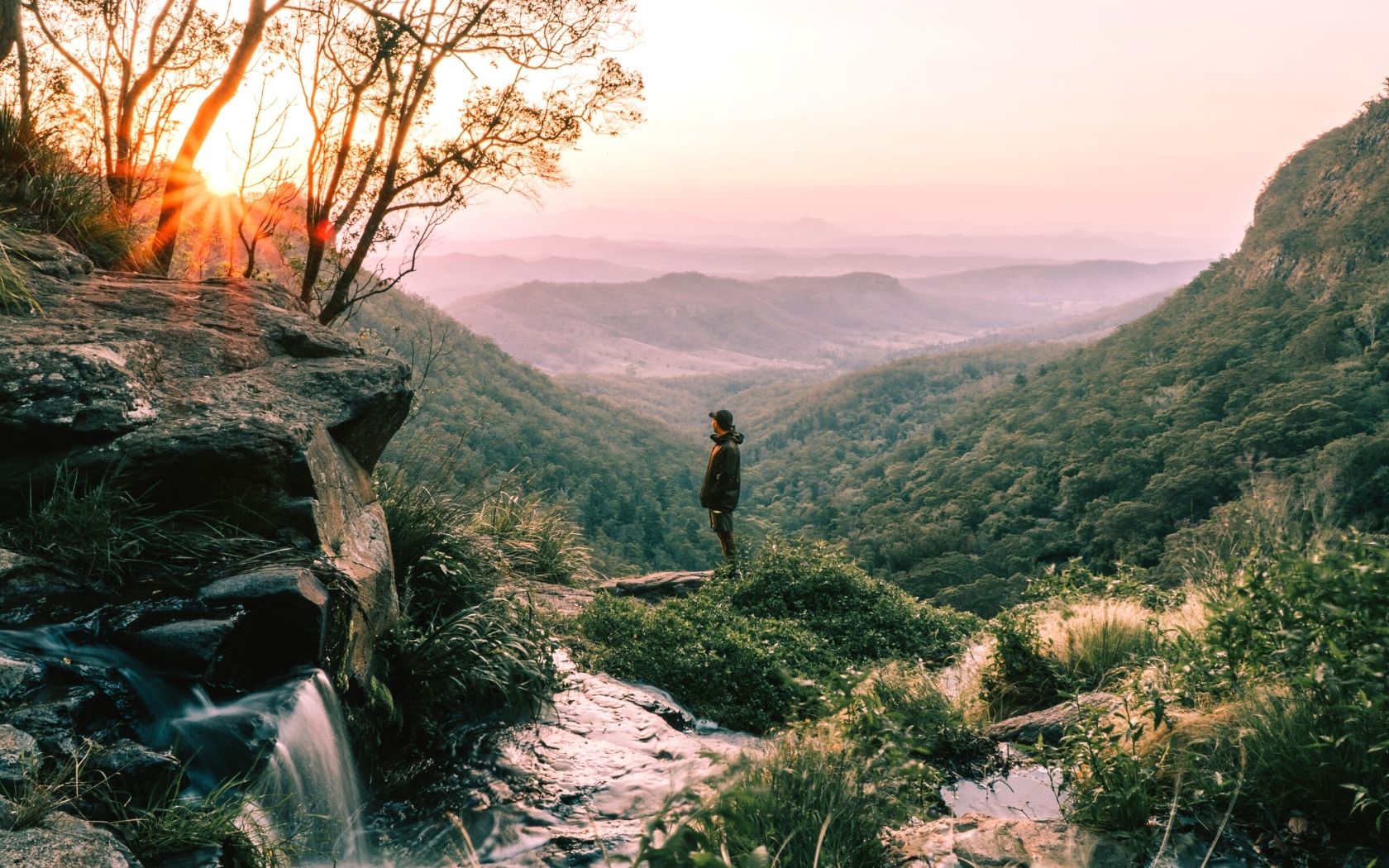I Visited A Japanese Wasabi Farm And Learnt Way More Than How It’s Made

Visiting a Japanese wasabi farm wasn’t exactly high up on my bucket list, or low on my bucket list. Frankly it wasn’t on the list at all.
But earlier on the year when I was given the opportunity to explore central, rural Japan, visiting a wasabi farm was listed as one of the most exciting activities of the trip, alongside nature hikes, visits to onsens and chowing down on what was maybe the greatest food I’ve ever eaten. I was ready to be wowed.
[related_articles]66349,66099,64116[/related_articles]The farm in question was Daio Wasabi Farm, which exists in the peaceful outskirts of Hotaka town in Nagano Prefecture. It’s recognised as the largest wasabi farm in Japan and produces a whopping 130 tonnes of the green stuff every harvest – loads, but still just 10% of all wasabi in Japan.
I absolutely got more than I bargained for, with my tour of the farm led by the land’s Wasabi Master – someone so full of character he could have been legit animated. Anyway, more on that later. Here’s all I learned from visiting a Japanese Wasabi Farm.
Wasabi is super difficult to grow
Wasabi (or Japanese horseradish) is one of the most difficult plants to grow, and to go from a plant to those little green sachets is a complicated process that requires very specific growing conditions.
It prefers cool, shady conditions, which is why it is typically grown under shade cloth or beneath a natural forest canopy (in the wild). But what is most interesting is that in order for it to cultivate, wasabi needs to be planted in cool running water around 12 degrees Celsius.
Then, it takes two years to develop until it’s ready to be harvested. The plant is then stripped back, and its root is rubbed against a shark-skin grater to create a fine paste.
Fun fact: you’d be very lucky to find pure wasabi at your local sushi bar. Most manufacturers mix small amounts of wasabi with horseradish to create a much bolder taste with a green tinge – pure wasabi is much milder.
I’m not the only one who doesn’t like the taste
The Wasabi Master did a live demonstration, where he pulled a fresh plant, whipped out his shark-skin grater, worked his magic, then allowed us to sample some of the fresh stuff.
Now I have no issue with spicy foods – it’s just the taste of wasabi doesn’t agree with me. However, I was not about to argue with a man who had just gone to so much effort to serve me up a pea-sized sample of what is the freshest form wasabi you can get. When in Japan, right?

As soon as the taste hit the back of my mouth I started coughing and heaving and, well, it wasn’t cute. Wasabi Master laughed, our guide and translator Ike laughed, and my travel companion Nina thought it was pretty funny too.
I was then reassured that it’s OK – there are many Japanese folk who aren’t a fan either and it isn’t rude to politely decline. Having known that two minutes earlier might have been nice. Still, it’s incredible to see the process behind what I used to see as little green blobs in bento boxes.
Japanese people are so passionate about their work
The way the Wasabi Master spoke about his craft, and the farm, I totally believed he was born there and had spent the last 50 years on its grounds. Nope! Turns out he had only been there five short years, and before that had a long career as a journalist.
But it wasn’t just the Wasabi Master, every single person I met in Japan was so in love with what they did for work. Either that, or they were just so polite and I bought the hell out of it.
Our translator Ike is the perfect example. Ike went to school for engineering, worked in that role until he fell out of love with it, then went back to school to study marketing and had a career in that. Then, instead of retirement, now works in tourism which he says he loves, and I can say he is exceptionally good at what he does.
I guess what I’m saying is, the Japanese people’s approach to work is really inspiring. They work hard, love what they do and feel they’re making a difference doing so.
If you get the opportunity to visit central, rural Japan, don’t hesitate. And if you make it to Daio Wasabi Farm, tell the Wasabi Master we say hi!
The writer was a guest of the Japan National Tourism Organization.
(Lead image: Wikipedia Commons)








